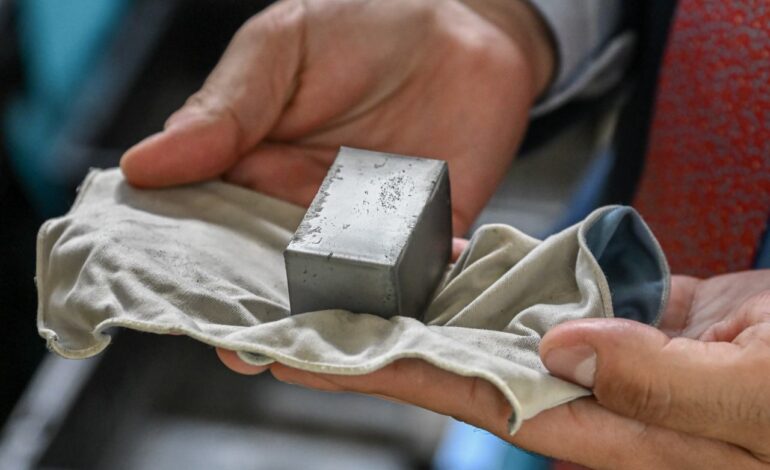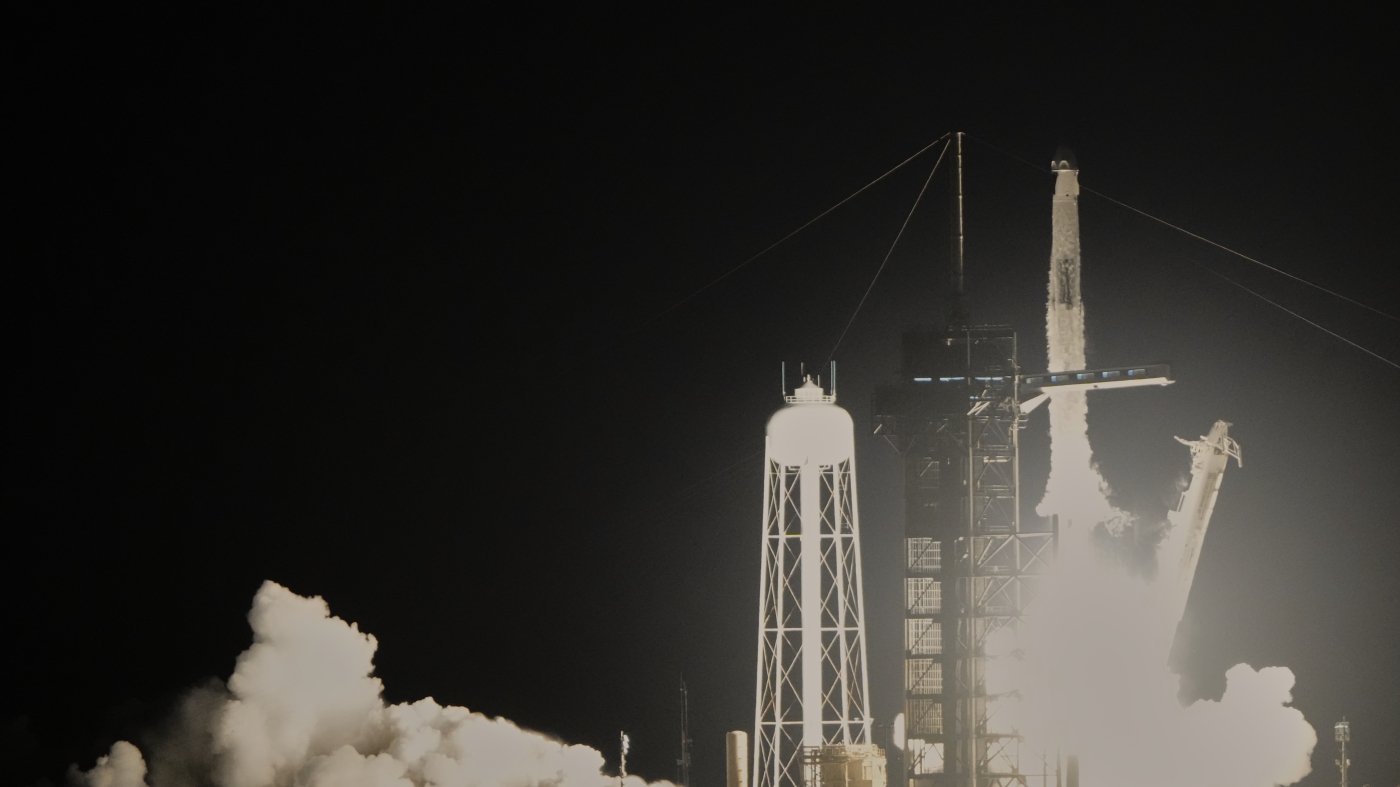Estonia’s New Rare-Earths Plant Highlights Europe’s Challenges

A new rare-earths processing plant in Estonia has begun operations, but experts warn it will not sufficiently reduce Europe’s reliance on Beijing for these critical materials. The facility, which officially opened in 2023, is part of a broader effort to secure a stable supply of rare earth elements (REE) crucial for advanced technologies, yet its production capacity remains limited.
With the global demand for REE surging, particularly for electric vehicle batteries and renewable energy technologies, the European Union is keen on developing local sources. The European Commission has identified the need for strategic autonomy in the supply of these materials, which are essential for maintaining technological competitiveness. Despite these intentions, the new plant’s output will only cover a fraction of the continent’s needs.
Production Capacity and Market Demand
The Estonian facility, operated by a consortium of European companies, aims to process about 2,000 tonnes of rare earth materials annually. In contrast, the US Geological Survey (USGS) estimates that Europe currently imports over 90% of its REE from China. This overwhelming dependence poses significant risks, particularly as geopolitical tensions rise.
While the plant is a step forward in the right direction, experts emphasize that it will take several more projects of similar scale to effectively mitigate the reliance on Chinese imports. The Nechalacho Project in Canada, for instance, is another potential contributor to the global REE supply, but it remains in the development phase.
Geopolitical Implications
The strategic importance of rare earth elements has heightened amidst ongoing trade disputes and shifting alliances. China holds a dominant position in the global REE market, controlling approximately 60% of the world’s production capacity. This has implications not only for Europe but also for the United States and other countries seeking to diversify their sources.
In response to these challenges, the European Union is actively investing in research and partnerships aimed at developing sustainable REE supply chains. Initiatives include funding for new mining operations and enhancing recycling processes for existing materials. The Lynas Corporation, for instance, has been recognized as a key player in establishing a more resilient supply chain through its operations in Australia and potential expansion into Europe.
As the Estonian plant begins its operations, the focus will remain on scaling production and attracting further investment. Without significantly increased output from multiple sources, Europe’s ambition to reduce its dependence on Chinese rare earths will remain a daunting challenge. The path toward achieving this goal is complex and requires cooperation among nations, industries, and researchers.
In summary, while the new rare-earths facility in Estonia marks progress in Europe’s quest for supply security, it also underscores the scale of the challenge ahead. The continent’s reliance on Beijing for these essential materials is unlikely to diminish significantly in the near future, necessitating a concerted effort to build a more diverse and resilient supply chain.






